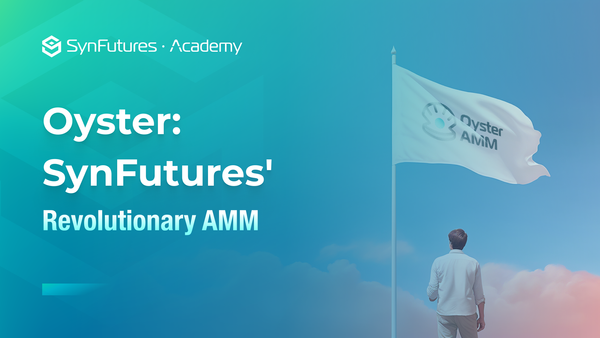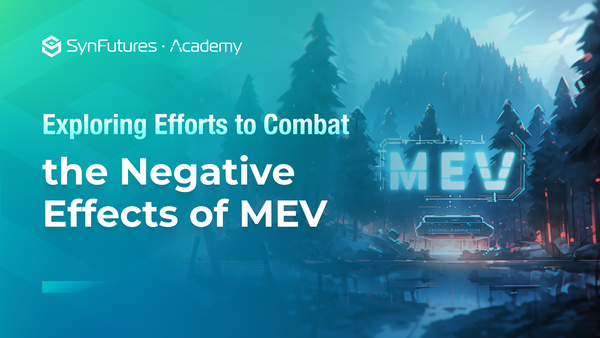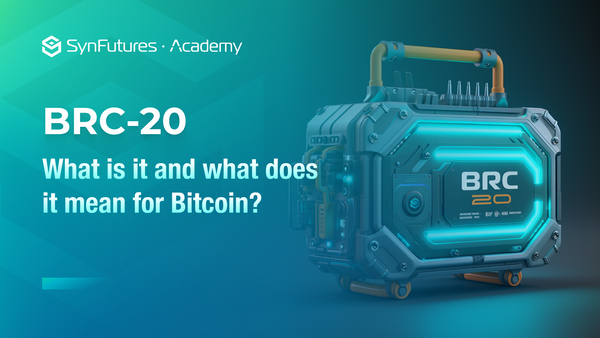What is NFT Fractionalization?
Key Takeaways
- Fractionalization refers to a process of dividing an NFT into several equal parts, each of which can be traded and owned separately.
- Fractionalization lowers the entry barrier to owning an NFT.
- It can bring more liquidity into the NFT marketplace and give NFT owners more options to monetize their assets.
- While there are certain risks involved with fractionalization, they are not insurmountable and can be easily addressed in the future.
Introduction to NFT Fractionalization
Non-fungible tokens, or NFTs, have been one of the biggest innovations of the blockchain ecosystem in recent years. They exploded in popularity in 2021 and some of the popular NFTs like Bored Ape Yacht Club were sold for millions of dollars. However, right from the beginning, the NFT marketplace has faced two big challenges: a lack of liquidity and a high barrier to entry. That's where NFT fractionalization comes in; it’s the process of dividing an NFT into smaller, more affordable pieces that can be owned by multiple investors.
While NFT fractionalization has become a buzzword, fractionalization itself is not a new concept. It has been used for centuries in various other asset classes, such as land ownership, company ownership, and art collections. With NFTs, fractionalization allows NFT owners to sell a portion of their digital assets to multiple investors, each of whom owns a fraction of the whole. The biggest advantage of this method is that it makes NFTs more liquid. It also makes them more accessible by lowering the entry barrier for smaller investors who can’t afford to pay the full price.
How NFT Fractionalization Works
NFT fractionalization can be done in different ways, but in most cases, a smart contract is used to hold the original NFT and create tokens that represent a portion of that asset. The contract is used to define key characteristics like the total number of tokens, the ownership rights and responsibilities of each token holder, the price and payment terms for each token, and the conditions for buying and selling these tokens. The contract will also ensure that the original NFT remains intact and cannot be transferred or altered without the consent of all token holders.
Let’s look at an example. Say Alex owns a costly but popular NFT and decides to make it more liquid by creating a fractional token of the same. He proceeds to issue 42 tokens each representing 1/42 the value of the original NFT. This significantly reduces the entry-level barrier to having ownership of that NFT, even though it’s only fractional ownership. The lower price of the token will also bring more buyers which will increase liquidity. Since all 42 tokens represent the same value, these tokens are also fungible, which means they can be easily traded in an open market.
Benefits of Fractionalization
NFT fractionalization benefits NFT owners, investors, and the NFT market. A few of the major benefits are:
Increased liquidity: As mentioned above, by fractionalizing their NFTs, owners can monetize their assets without having to sell them outright. They can offer shares to investors who are interested in owning a piece of the NFT but cannot afford the full price or do not want to take on the risk of owning the whole asset.
Lowering the entry barrier: Fractionalization can also democratize access to NFTs by lowering the cost of entry for smaller investors who would not be able to buy a complete NFT on their own. This can help attract a wider range of investors to the NFT market and increase demand for NFTs.
Flexibility and customization: Fractionalization also allows NFT owners to tailor the offering to suit their needs and preferences. They can choose the number of tokens, the price per token, and other parameters to fit their end goal. They can also decide whether to offer the shares publicly or privately, and whether to retain a portion of the NFT for themselves. In the above example, Alex could create 42 tokens but sell only 20 to other investors. This would mean Alex would retain majority control over the NFT while also unlocking a portion of its value.
Risks of Fractionalization
As with any investment, NFT fractionalization comes with risks and challenges that investors and NFT owners should be aware of. Here are some of them:
Market volatility: NFTs are highly volatile assets, even more so than cryptocurrencies. This volatility will also trickle down to the fractional tokens as they get their value from the value of the base NFT.
Smart contract risk: Smart contract risk is an ever-present danger in any blockchain environment. The smart contract that governs fractionalization can have bugs, vulnerabilities, or errors that could compromise the security and integrity of the NFT and the investors' funds. Imagine a scenario where a bug allowed the base NFT to be sold in the open market without the approval of the token holders. In such a case, the tokens will lose all their value.
Legal and regulatory uncertainty: The legal and regulatory framework for NFT fractionalization is still evolving and can vary across jurisdictions. Since the NFT tokens represent a fraction of the value of another asset, it’s possible that some jurisdictions will consider it as a security. This would require additional regulatory compliance on behalf of the token issuer. Both investors and NFT owners should also be aware of the several legal and tax implications of fractionalization, such as securities laws, money laundering regulations, and capital gains taxes.
Conclusion
NFT fractionalization is a promising innovation that can unlock new possibilities for both NFT owners and investors. By dividing an NFT into smaller, more affordable units, fractionalization can increase liquidity, accessibility, and customization for both parties. Fractionalization combined with DeFi can bring even more benefits, such as using fractional tokens as collateral, lending them out and earning interest, staking them in a liquidity pool, and many more.
While there are several risks associated with fractionalization, those are to be expected in a rapidly evolving space like the NFT ecosystem. With careful planning and execution, NFT fractionalization can be a valuable tool for unlocking the full potential of this emerging digital asset class.
Register for early access to NFTures, a new NFT futures trading product from SynFutures.
Discover SynFutures' crypto derivatives products: www.synfutures.com/.
Disclaimer: SynFutures Academy does not guarantee the reliability of the site content and shall not be held liable for any errors, omissions, or inaccuracies. The opinions and views expressed in any SynFutures Academy article are solely those of the author(s) and do not reflect the opinions of SynFutures. The SynFutures Academy articles are for educational purposes or information only. SynFutures Academy has no relationship to the projects mentioned in the articles, and there is no endorsement for these projects. The information provided on the site does not constitute an endorsement of any of the products and services discussed or investment, financial, or trading advice. A qualified professional should be consulted prior to making financial decisions.




